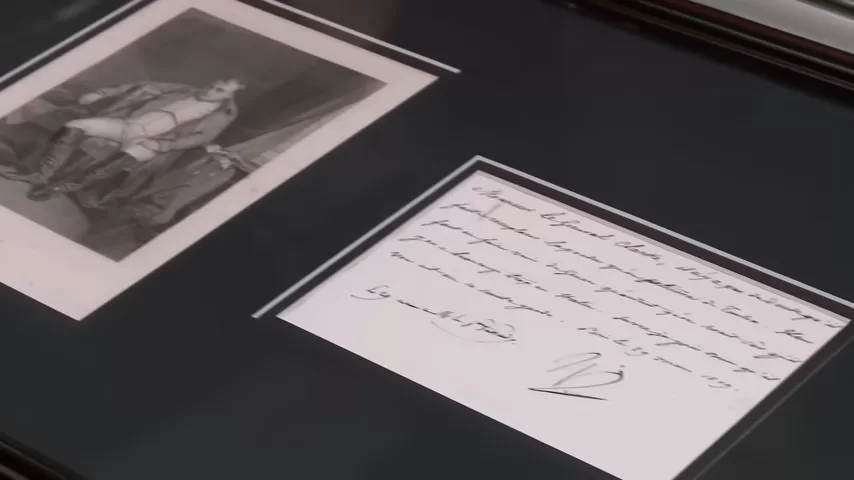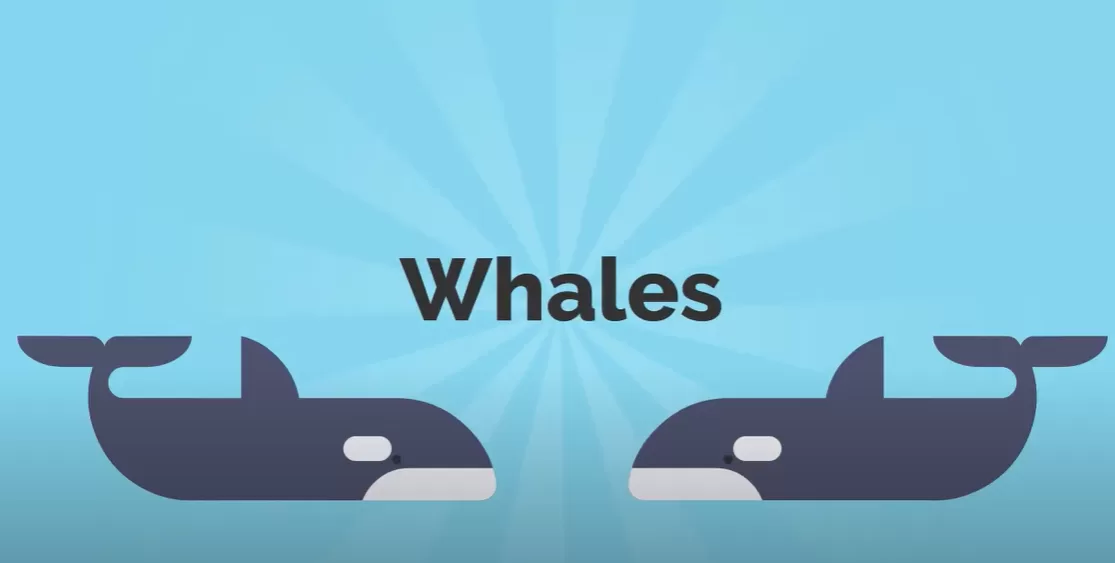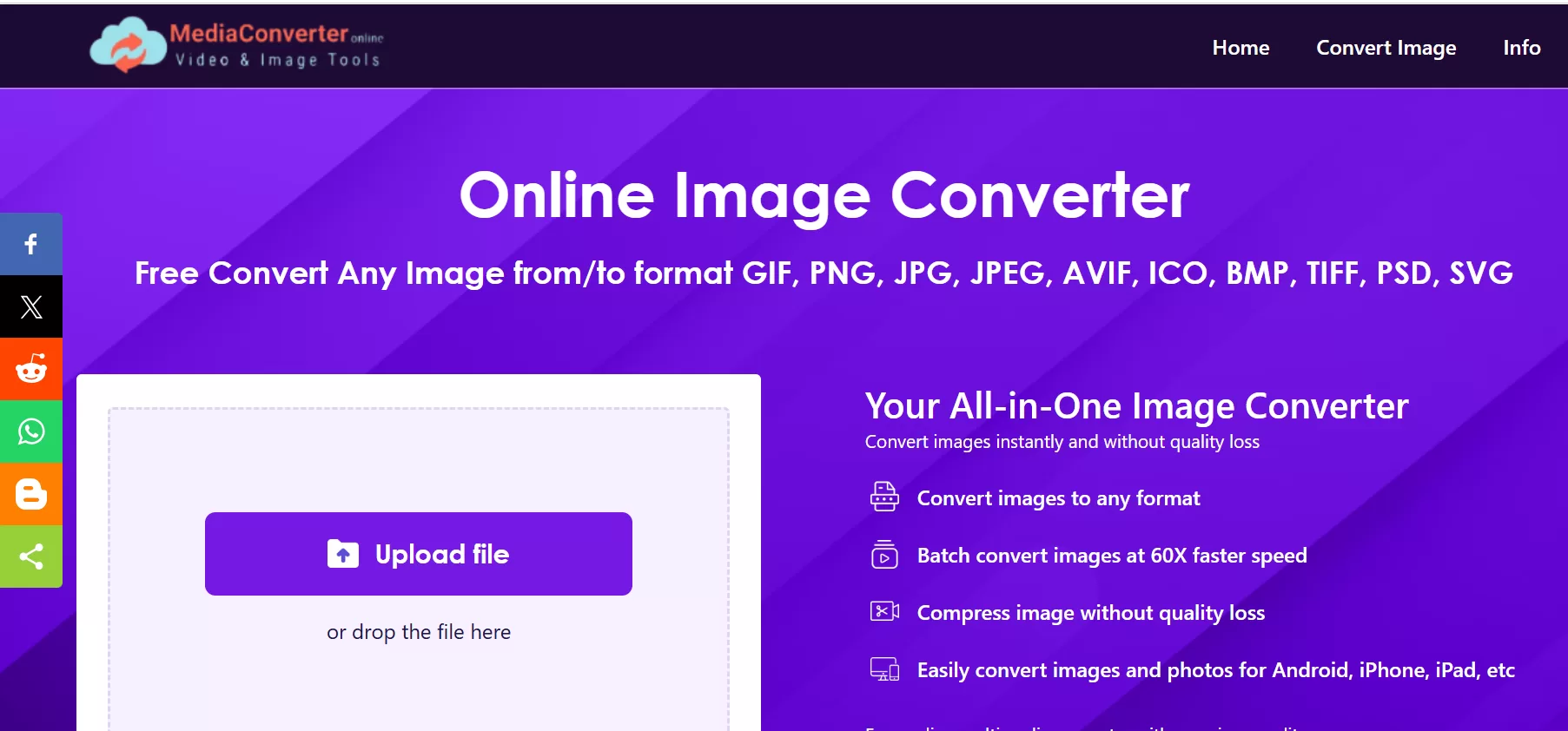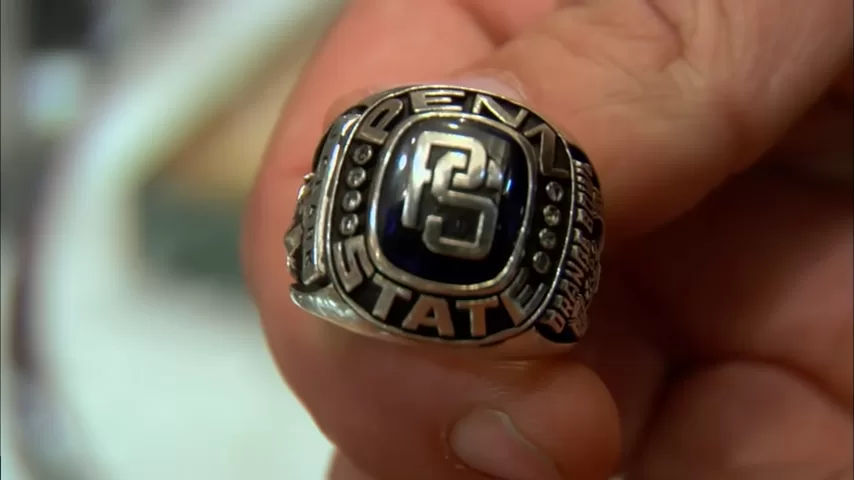Some historical artifacts make their value known the moment you see them. A letter penned by Napoleon Bonaparte—on the topic of gunpowder logistics during wartime—is exactly that kind of piece. It’s not just a collectible; it’s a portal into one of the most fascinating and ambitious military minds in history.
But in today’s market, historical significance doesn’t always guarantee a sky-high valuation.
A man walked into a pawn shop with what he believed to be a priceless document—a signed 1809 letter from Napoleon himself, addressed to his Minister of War, concerning the replacement and distribution of gunpowder. Framed, preserved, and loaded with military significance, the seller had high hopes.
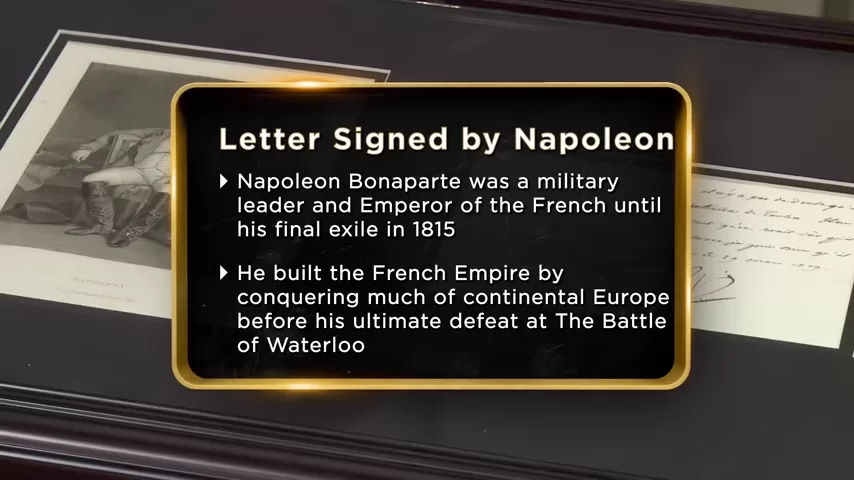
“I’m asking $3,000 for it,” he stated confidently. “It’s a rare piece, and it’s actually about gunpowder—not just pleasantries.”
He had a point. While many Napoleon documents exist, few relate so directly to military operations, and even fewer bear such detailed administrative involvement. But even the greatest names in history must pass the authenticity test.
The Little General Who Thought Big
Napoleon Bonaparte is a towering figure in European and military history—despite standing just over five feet tall. Rising from relatively humble Corsican nobility, he transformed himself into a military genius, revolutionary leader, and eventually Emperor of the French.
Known for micromanaging every detail of his campaigns, Napoleon frequently involved himself in decisions far beneath his imperial rank—like the logistics of ammunition.
“This shouldn’t be something an emperor signs off on,” the shop owner noted. “But that was Napoleon. He wanted to control everything.”
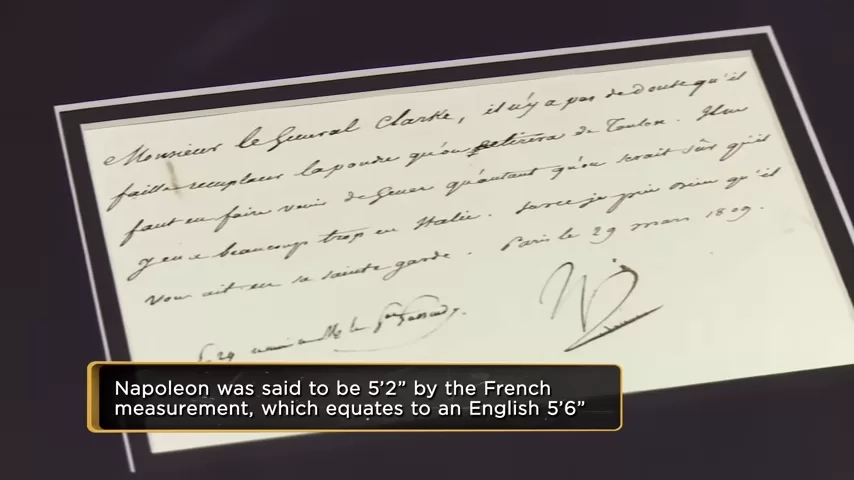
In 1809, France was in the midst of the War of the Fifth Coalition—a time when managing the flow of munitions could mean the difference between victory and defeat. A letter like this, discussing the movement of gunpowder, gives rare insight into the gears of Napoleonic warfare.
Is It Real? Time for the Signature Expert
Given the letter’s supposed value and historical content, the shop brought in Steve Grad, a respected handwriting and autograph authentication expert.
“I’ve been burned on Napoleon signatures before,” the shopkeeper admitted. “I don’t want that happening again.”
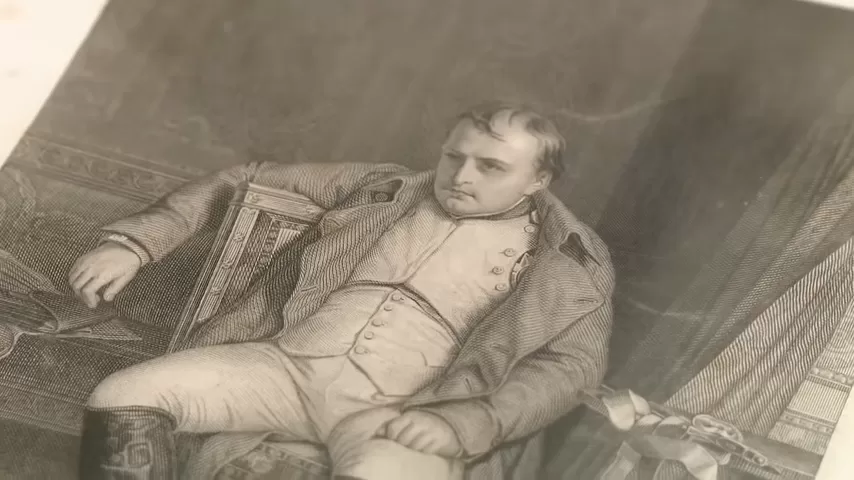
Grad’s first task: determine whether the letter’s ink was live, not a reproduction. Using a magnifier and light board, he examined the ink absorption.
“There’s no doubt in my mind,” Grad confirmed. “This is live ink. You can see how the ink cuts into the paper and fades slightly from quill usage.”
The next step was signature comparison. Napoleon had a distinct but somewhat sloppy style—often signing quickly under pressure. His most typical autograph included a stylized “Np” with bold, pressured strokes.
“Everything checks out. It’s 100% legit,” Grad said.
The seller was relieved—but now came the real question: What’s it worth?
The Market Speaks: Rarity vs. Saturation
Despite the authenticity and the unique subject matter, the expert brought in some sobering perspective.
“The market is a little flooded with Napoleon signatures,” Grad noted. “There are a lot of them out there, and while collectors are still interested, it’s not like people are fighting to get them.”
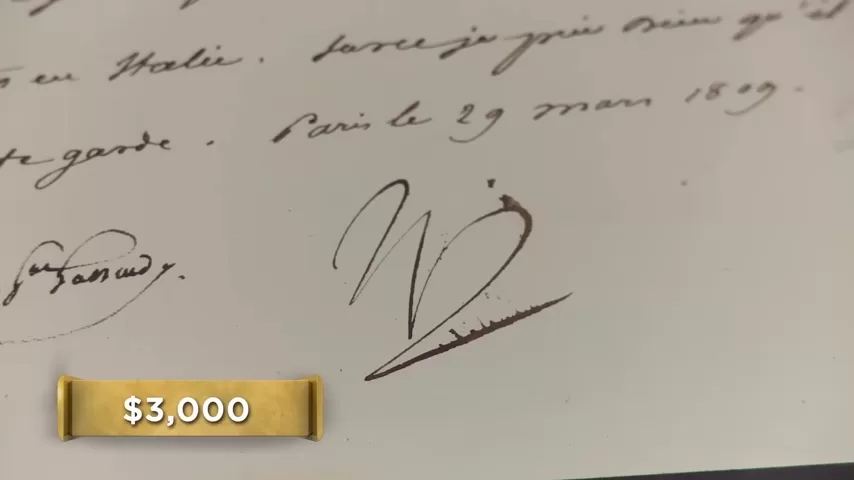
That’s because Napoleon signed thousands of documents—many of which have been preserved, cataloged, and sold in the last century. From treaties and proclamations to ceremonial letters and dinner invitations, his name is out there in abundance.
Still, military-related documents—especially those with content related to weaponry or campaigns—do hold higher value. But even then, the valuation had to be realistic.
Appraised value: $1,500.
The Negotiation: A Battle of Expectations
The seller was visibly disappointed. After all, he had imagined the letter could fetch double that—maybe even more with the right buyer.
“I just figured it would be worth more, based on the contents,” he said.
But the shop, sticking to the expert’s estimate and resale reality, offered a maximum of $1,000.
“Why would I ever do $2,000,” the buyer argued. “I can sell it for $1,500.”
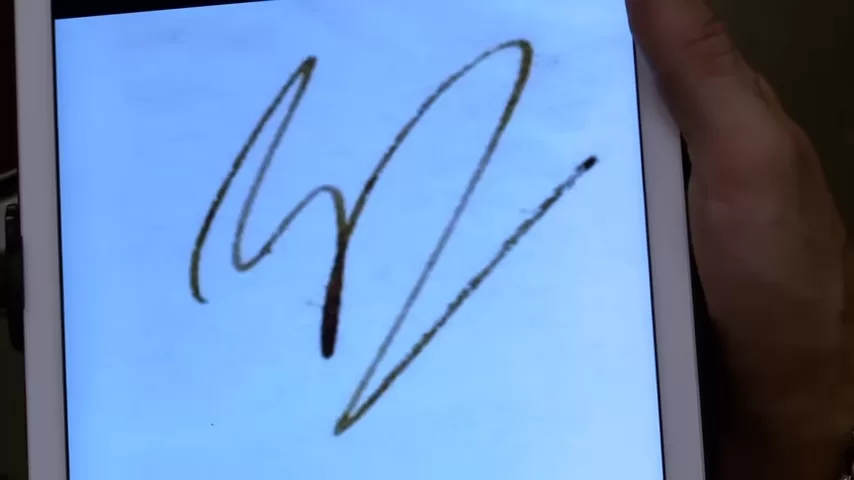
Despite some negotiation, no deal was made. The seller decided to hold onto the piece, hoping time would be on his side.
“Maybe I’ll wait another 200 years and see if it goes up in value,” he joked.
Why Napoleon Still Matters to Collectors
While Napoleon’s name may not command auction-busting numbers the way Washington or Lincoln might, he remains a foundational figure in Western history. His military strategies are still taught at war colleges. His rise and fall continue to be the subject of films, books, and scholarly debates. He was a warrior, a reformer, and a revolutionary, all rolled into one.
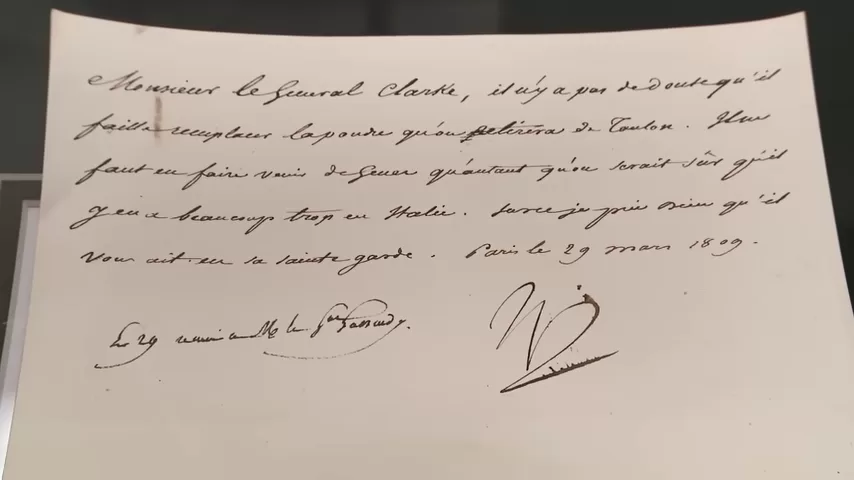
That’s why signed items like this still hold deep collector appeal—especially when framed alongside his portrait, and containing content tied to his military logistics.
Even if the market isn’t on fire, there’s always a demand for authentic, well-documented Napoleon memorabilia.
Final Thoughts: More Than Just an Autograph
Napoleon’s 1809 letter isn’t just about gunpowder. It’s about the essence of leadership, the weight of responsibility, and the sheer force of will that defined a man who reshaped Europe.
Even if it didn’t fetch $3,000 on the spot, it remains a tangible, powerful connection to a pivotal moment in history—a moment when an emperor personally oversaw the weapons of war.
And for the seller? Well, maybe the future will be kinder to his framed fragment of empire.
